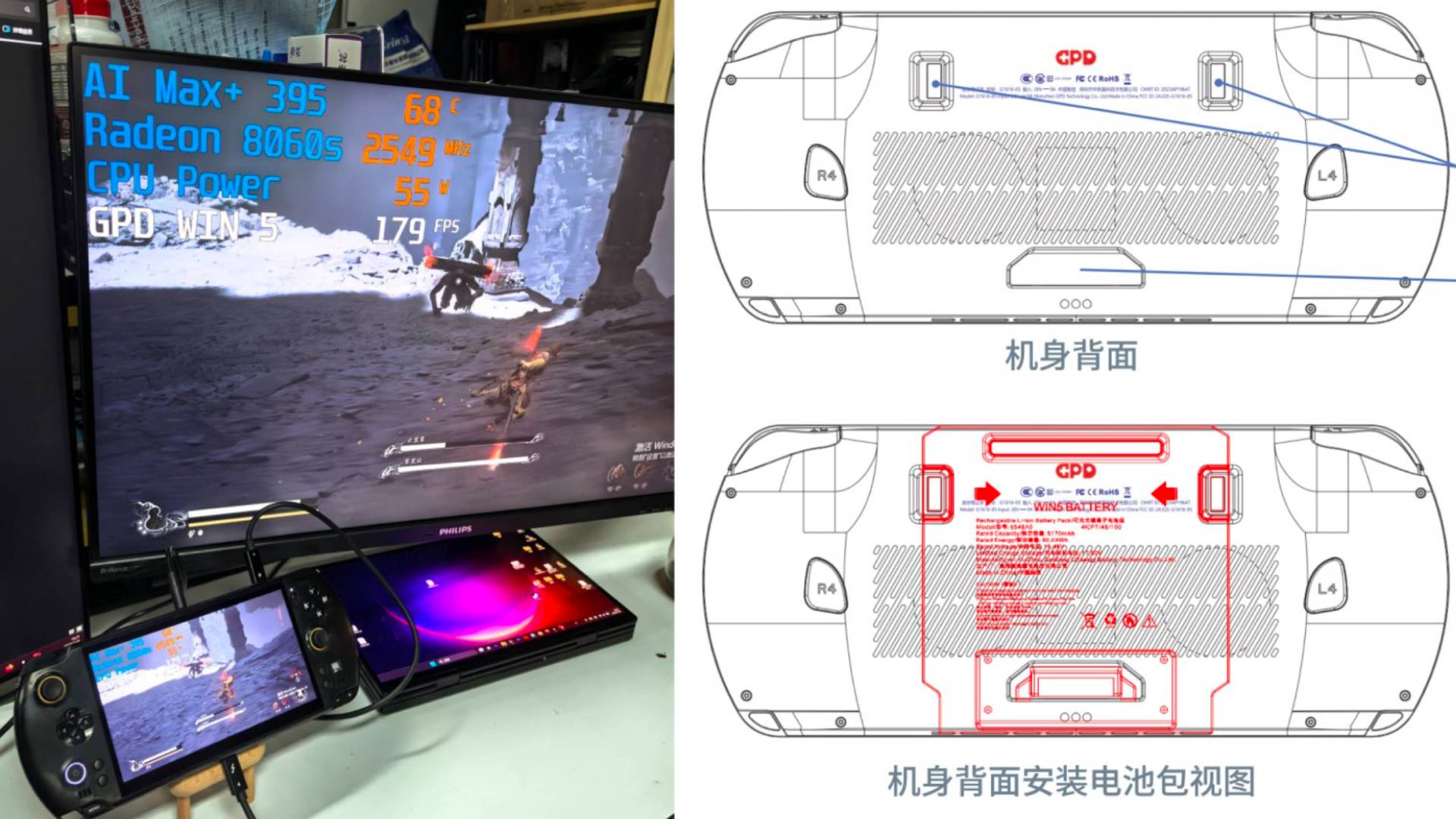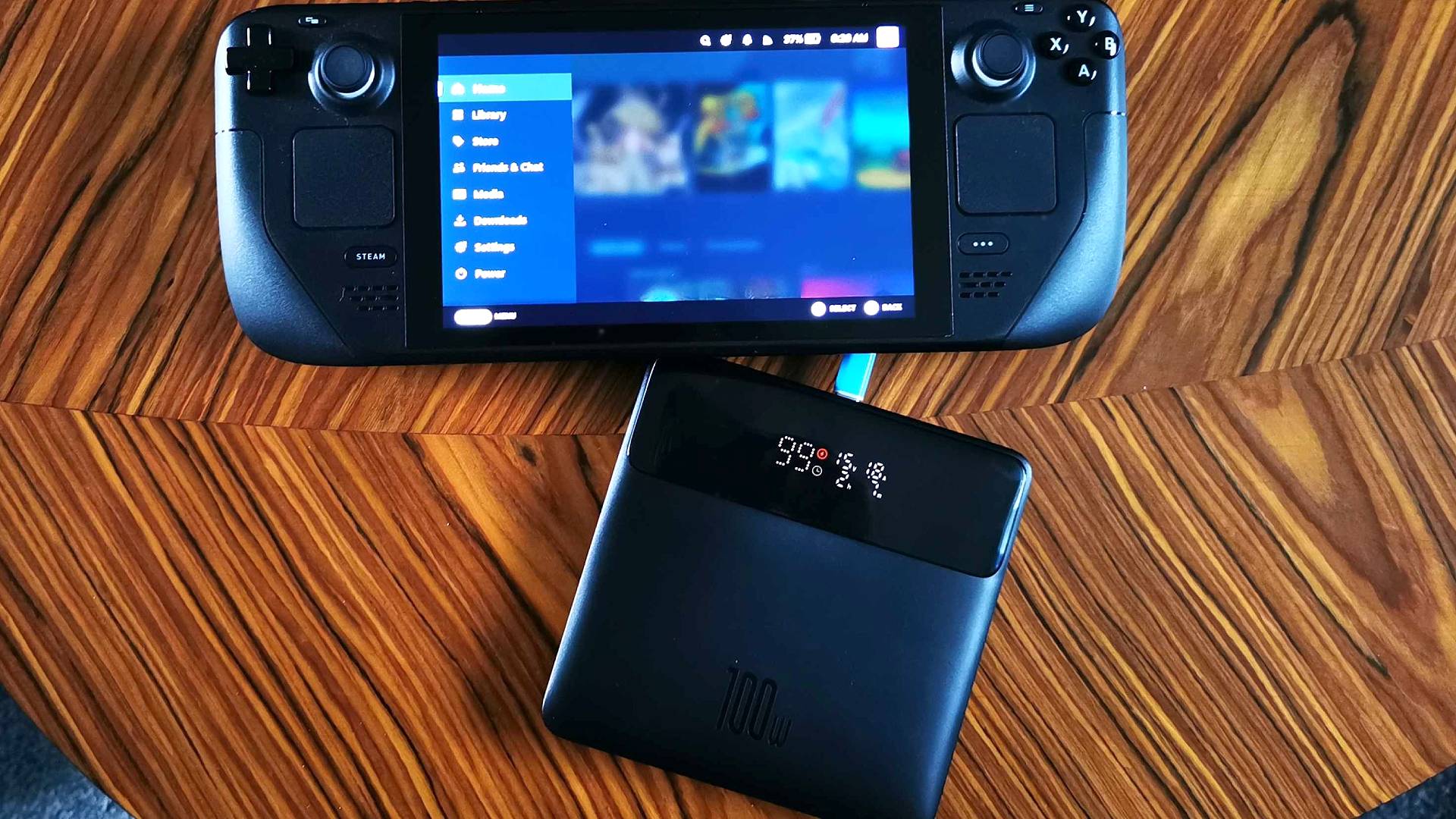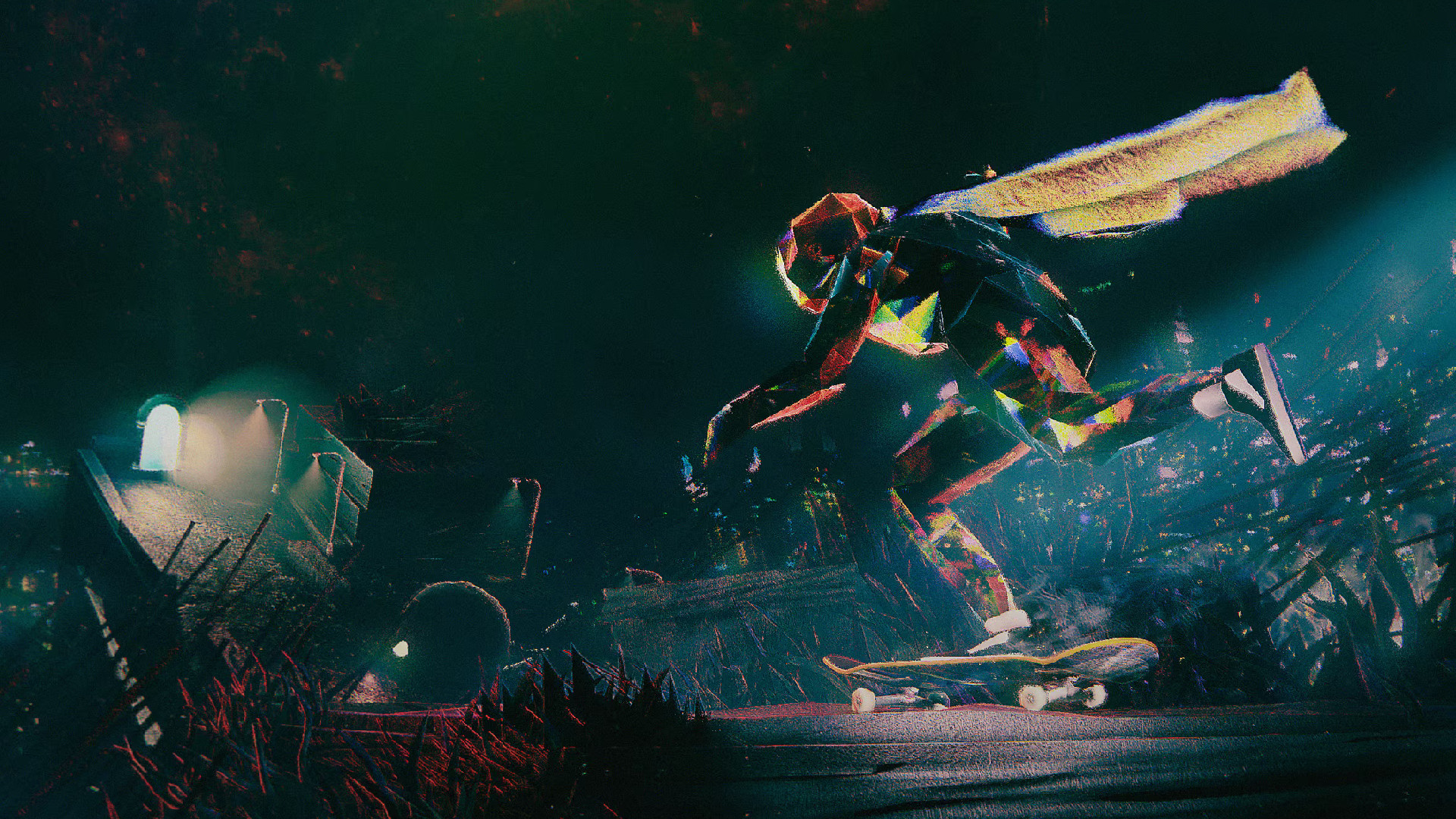GPD's Strix Halo handheld will wear a weird battery backpack, but the idea isn't completely giving me the ick
Like a Ghostbusters proton pack for your premium handheld.

The GPD WIN 5 will soon crash the best gaming handhelds party with a new AMD Strix Halo APU. The new powerhouse portable may even end up giving the flagship Asus ROG Xbox Ally a run for its money, but the catch is that it lacks a built-in battery. The solution? Well, GPD plans to strap one to the device's back instead, and I'm not completely horrified by that approach.
Revealed by tech YouTuber Cary Golomb (The Phawx), the GPD WIN 5 weighs in at 556.5 grams without a battery attached. That's only slightly heavier than the Nintendo Switch 2 with its Joy-Con attached, but clipping the required 80Wh pack to the portable will chonk things up to around 900g.
Yes, that's heavier than the likes of the Asus ROG Ally X and MSI Claw 8 AI+, and GPD is arguably pushing the definition of portable here. Keep in mind that the AMD Ryzen AI Max+ 395 chip within the WIN 5 is in a completely different league to even the upcoming Ryzen Z2 Extreme, and that means the Strix Halo handheld will need all the internal room it can get for cooling.
This is how the battery backpack is secured onto the GPD Win 5 which has AMDs Strix Point Halo Max+ 395Also the Win5 looks to be the same weight as the Switch 2 without a battery or 900G with the 80wh battery. pic.twitter.com/xXeHJ6RFO5July 28, 2025
I fully expected the idea of a handheld without an internal battery to give me the ick. Yet, after some reflection, it could actually be the ideal solution for a premium portable that's going to weigh a ton anyway. We're only just getting to the stage where squeezing a hybrid Zen 5 chip into a shell with an appropriately small battery is viable, so there's a fat chance of pulling off the same with a 6-core, 32-thread monster that will guzzle even more power.
Reality is that if you're really into the idea of spending more on a WIN 5 to hit frame rates that are largely outside the purview of handheld gaming PCs right now, using an external battery isn't that big a deal. I mean, chances are that the 80Wh battery would end up being devoured by the Strix Halo chip's 45-75W power requirements anyway, meaning you'd have to reach for a charger.
Plus, if you really don't want to give your mitts a workout with a 900g portable, you could just sit with the handheld plugged in. The only time I tend to use even my Steam Deck OLED's battery is when I'm miles away from an outlet, and even then, I normally keep a 100W power bank in my backpack for emergencies. The WIN 5's pack seemingly uses a special connector, which is a shame since it would have been great if it could be used with a cable to keep things light, but adding USB-C would potentially just add to the bulk.

While I am at peace with the WIN 5's Ghostbuster's style Proton Pack, especially if it means raising the frame rate ceiling higher than ever, rivals are already looking to outdo GPD. Ayaneo just announced its own Strix Halo device that will feature its own built-in battery, but the company hasn't quite finished making a "Next 2" prototype just yet. We did get a peek at the Ayaneo Pocket DS, though, and the "world's first flip dual-screen Android handheld" could become my new favorite portable for playing DS games specifically.
Weekly digests, tales from the communities you love, and more
The handheld scene can feel pretty chaotic at times, especially when companies like GPD decide to break norms to push the performance bar. Regular players will no doubt simply kick back and watch things unfold, while enthusiasts will be ready to lay down serious cash regardless of any caveats. It's great to see brands trying to move portable PC standards forward, regardless, and most handheld fans are probably going to be up in arms about ROG Xbox Ally price leaks rather than quirky premium handheld PC design decisions.
- More gaming handhelds at Best Buy
- Nintendo Switch 2 | $449.99 at Best Buy
- Lenovo Legion Go |
$749.99$549.99 at Best Buy
Happily using Valve's handheld? Swing by the best Steam Deck accessories and best Steam Deck dock for useful add-ons, peripherals, and gadgets.

Phil is currently the Hardware Editor at GamesRadar+ who specialises in retro gaming, the best gaming handhelds like the Steam Deck, and more modern components like graphics cards. Having spent years offering up classic console advice and over a decade as a gaming journalist for big names like TechRadar, The Daily Star, the BBC, Den of Geek, and many more, Phil now dedicates their days to covering the latest news and offering up invaluable setup advice.
You must confirm your public display name before commenting
Please logout and then login again, you will then be prompted to enter your display name.


